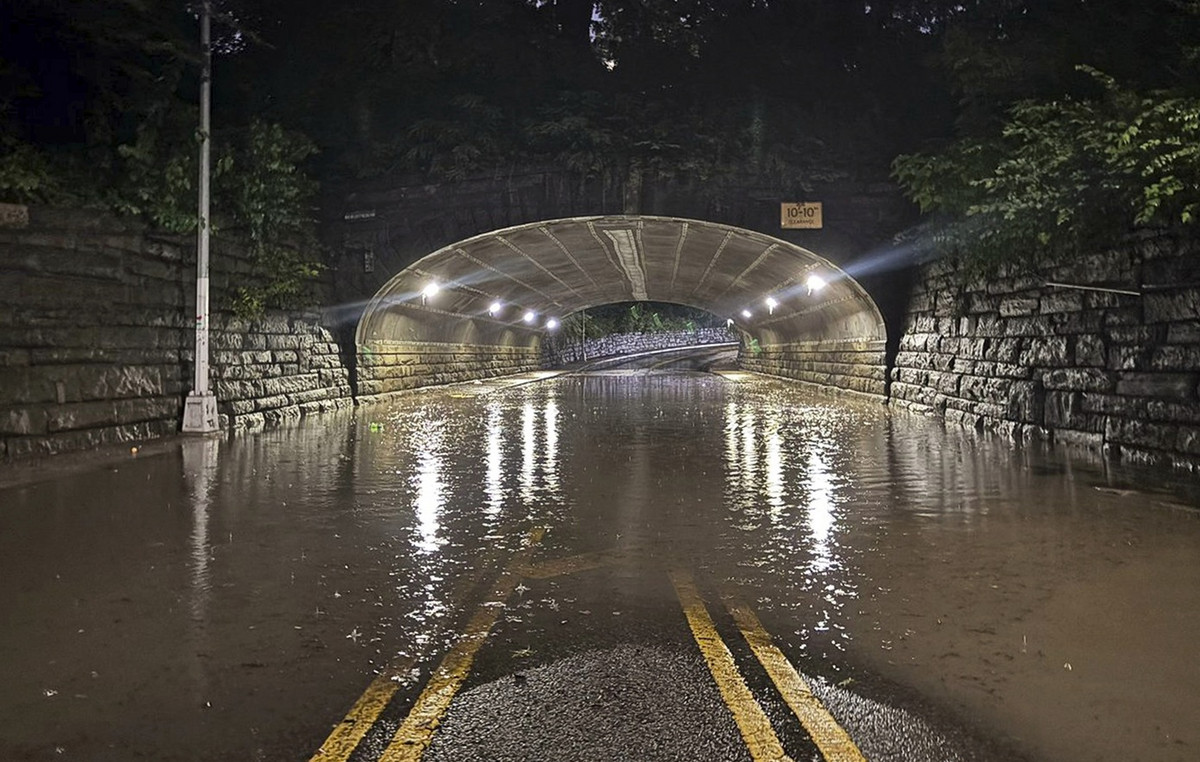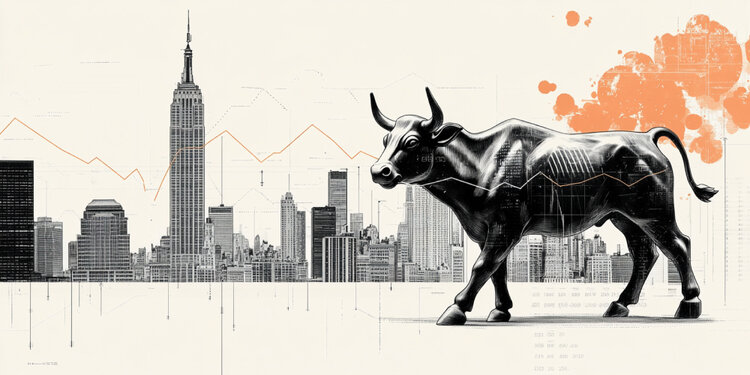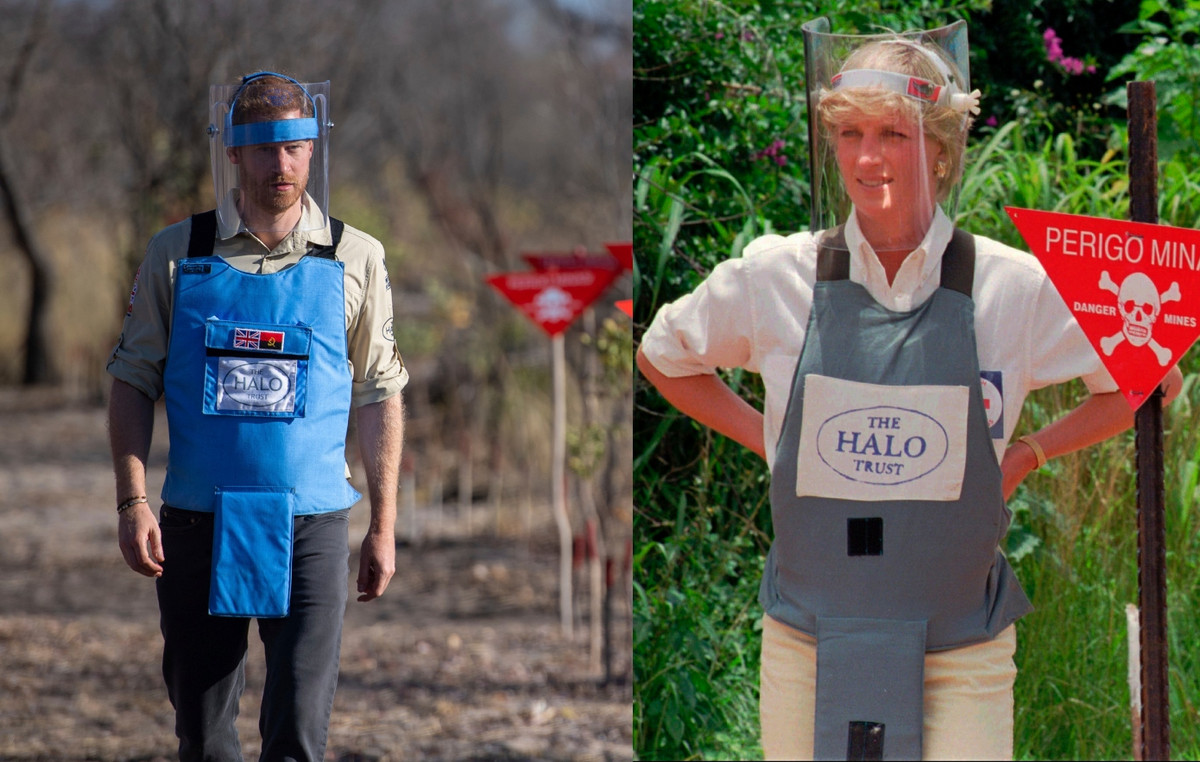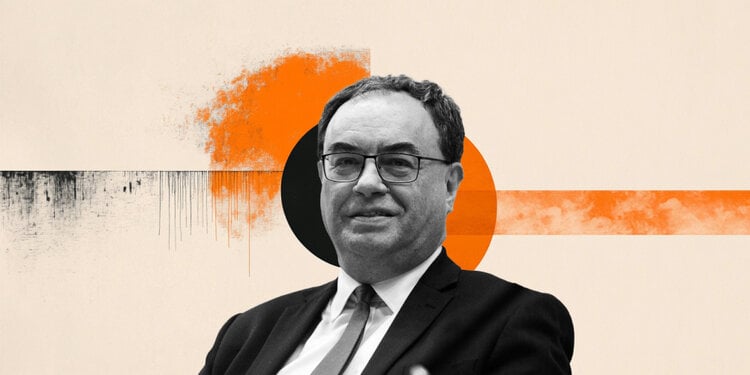Armed with torches, dozens of volunteers set fire to fern bushes, dry trunks and dry leaves in a peri-urban forest in Santa Cruz County, near San Francisco, California. She is one controlled fire to clear the ecosystem to make it more resistant to flames.
Her state California organizes more and more businesses of this kind. Their goal, prevention to reduce the intensity of forest fires that have killed more than 200 people in the last decade and are multiplying due to climate change.
“The best way to fight fires is with fire,” recalls Portia Halbert, the California State Parks scientist in charge of the operation. “The vegetation will eventually burn anyway. So we want to burn her (…), in a not too extreme way, for to avoid the extension of the fire to the residences and to cause human losses».
Before setting fire to the undergrowth of the forest, everything is prepared with great care. The soil is plowed to create a line capable of intercepting the flames, the undergrowth that is too close to the trees is moved and water supply pipes are installed to intervene if the need arises.
Thus, the low controlled fire burns the forest floor, without spreading to the oaks, redwoods and other trees of the American nature. In the future, in the event of a forest fire, the flames will have much less fuel available to extend to the tops of the trees, taking on devastating proportions.
American Indian practice
Her victim droughtCalifornia has experienced over the past decade mega – fires, of unprecedented intensity and enormous dimensions. The occurrence of these fires led to the realization of the mistakes in their management, summarizes Portia Halbert, according to APE – MPE.
California realized that its forest fire management policy, which had been formulated around stopping the fire at all costs, is proving ineffective. Overprotected, understory vegetation dries out faster due to climate change and turns forests into powder stores capable of fueling wildfires. To limit the risk, California rediscovered their practice of controlled fires the American Indians on their lands and it was banned in 1850.
By 2025, the state of California plans to burn 16,000 square kilometers per year. In this context, during the last years, about twenty agencies have been developed in California. In addition to the action of the fire and forest services, these associations teach individuals to organize and carry out such enterprises.
However, despite these efforts, the state is quite far from its goals. “We need to change the scalesays Jared Childress of the Central Coast Prescribed Burn Association, which has taken over the Santa Cruz controlled fire. “We need to organize fires just like this across California, during the fall, winter, spring and even during the summer.”
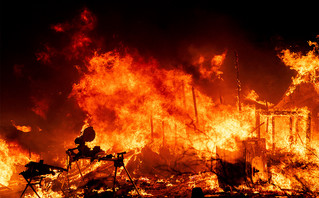
Lack of hands
For now, the time “windows” that authorities have set for controlled fire operations are very narrow. Because, if the vast majority of them remain “under control”, this practice remains difficult: in the fall of 2022, a controlled fire got out of control in New Mexico and turned into a historic wildfire that destroyed hundreds of homes.
But the needs remain huge, according to Lenia Quinn-Davidson, an expert in the field at the University of California, Berkeley. “Our natural landscapes lack fire“, he insists, recalling that before the arrival of the colonists, the American Indian tribes had the habit of to burn between 16,000 and 45,000 square kilometers each year in the region.
To be motivated citizens to be activethe state of California – where almost half of the land belongs to private individuals and remains outside the radius of action of the authorities – created fund of resources intended for the organization of controlled fires.
But the biggest brake is the labor shortage, according to Lenia Quinn-Davidson. Between the necessary specialized knowledge of controlled fires and the amount of administrative procedures required to organize them, “thousands of people need more education“, says.
Among the volunteers in the Santa Cruz forest, Fr Ian Cook he learns in training to pass on a weather report to the other volunteers in his group. Thanks to this training, the student in Ecology has acquired abilities corresponding to those of a firefighter. “Fire doesn’t care what club one belongs to. We have to work together because it is a problem that affects us all».
Source: News Beast
With 6 years of experience, I bring to the table captivating and informative writing in the world news category. My expertise covers a range of industries, including tourism, technology, forex and stocks. From brief social media posts to in-depth articles, I am dedicated to creating compelling content for various platforms.

